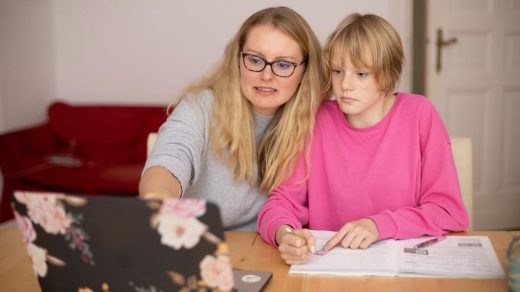Europe’s second-hand apparel market is expected to be worth US$ 18,100 million in 2022. Demand in the market is expected to reach US$ 40,676 million by 2032, registering an 8.4% CAGR over the forecast period (2022-2032). Customers are growing conscious of the need for fashion updates, with transparent processes.
Fast fashion is greatly contributing to pollution paving the way for sustainable fashion, to reduce pollution, climate change, and unethical labor practices. Stella McCartney, a British fashion designer, was among the first to push for cruelty-free, inclusive, and ethical fashion.
There is no fur or leather used, only organic cotton, ethically sourced wool, regenerated cashmere, and recycled materials. They utilize solar panels and LEDs for energy and recyclable materials for packaging. When old or unwanted clothes are recycled, they are known as second-hand apparel and the consumer transaction saves a massive volume of unwanted clothing from ending up in landfills and dumps.
Country-wise Insights
How Big is the Market for Second-hand Apparel in Spain?
Spain to be the Hotspot for Europe Second-hand Apparel Manufacturers
Key players in Spain’s second-hand apparel market are undertaking new marketing strategies to enhance their business in the region. They are collaborating with other small firms in the market while local online players are striving to increase their reach at a broader scale.
How will the Demand for Second-hand Apparels Surge in Russia?
Fast-fashion and Charity Initiative to Propel Second-hand Apparel Demand in Russia
Fast fashion has enabled clothing economical and more disposable than it’s ever been, with landfills filled with one-wear items and valuable water resources drained and polluted throughout the world as a result. The Moscow-based Charity Shop, for example, is one amongst the rising number of stylish second-hand shops that are prompting Russians to reconsider their wardrobe.
Competitive Landscape
Companies operating in Europe’s second-hand apparel market are aiming at strategic collaborations and various marketing strategies to expand their business and attract a large customer base.
· In 2019, Farfetch teamed up with Thrift+, a secondhand clothes platform, to allow shoppers to give unwanted things to charities in exchange for store credit. Thrift+ is an online store that sells used clothing and contributes a portion of the proceeds to one of the United Kingdom’s 160,000 registered charities. It is a participant in Far fetch’s technology accelerator program Dream Assembly.
· Yaga is an impact-driven start-up from Estonia that launched in 2019 and has just secured €2.2 million for its social online shopping website. The Estonian-born firm aims to introduce the digital approach to second-hand apparel to emerging economies, therefore making the cyclical revolution an international movement.
These insights are based on a report on Europe Second-hand Apparel Marketby Sneha Verghese, Principal Consultant, Future Market Insights.




Recent Comments